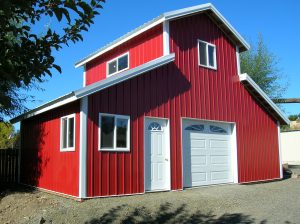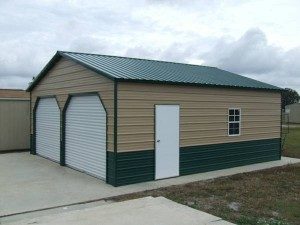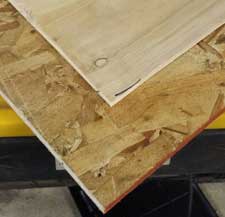This week the Pole Barn Guru addresses reader questions about ventilation needed for a new attic with metal ceiling and blown-in insulation, a confirmation for endwall needing stitch screws for shear, and if adding sheathing to an existing pole building would add value.
DEAR POLE BARN GURU: I bought a house with a pole barn that is unfinished inside. The metal walls were not wrapped and the only insulation in the barn whatsoever is double bubble on the underside of the barn roof. I am going to have a metal ceiling put in and then blown fiberglass insulation for an R30 value in what will then be the attic. There is currently no ridge vent nor gable vents either so I am concerned about air flow in the attic once the metal ceiling and blown insulation are complete. The eaves have perforated soffit so I’m hoping even after the blown insulation is done that will provide an air flow into the attic. So am I correct to think that I need to have gable vents put at each end or a ridge vent so that there is positive air flow through the attic? Thanks! BILL in STEVENSVILLE
DEAR BILL: Your thinking is absolutely correct – you need an adequate ventilation exhaust point. Ideally, this would be at your ridge. Gable vents, while meeting code requirements, actually only provide good ventilation immediately closest to vent locations.
This article covers requirements for attic ventilation: https://www.hansenpolebuildings.com/2023/06/274512/

In Queen Anne’s County – you are in Climate Zone 4A. 2021’s IECC (International Energy Conservation Code) specifies R-60 for ceilings in your climate zone. As so much of your cost of blown insulation is having installers show up, you may want to consider going with a greater R value than originally planned. Energy costs are not ever going to go down (nor cost of insulating).
DEAR POLE BARN GURU: I have a rear end wall that is labeled shear wall that says I need an inch and a quarter number 12. Stitch screw 9 and 3/8 on center. Is that every 9 and 3/8 on center vertically on each overlap? DAMINA in TONOPAH
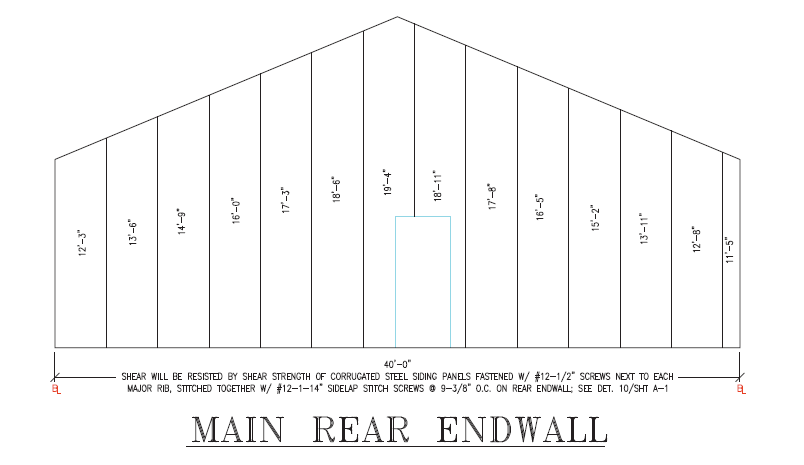
DEAR DAMIAN: You are correct. Panels stitched together have roughly twice as much shear capacity as do unstitched panels.
DEAR POLE BARN GURU: Question for you Guru! I bought a property with a small pole building/shed. Is there any value in adding sheathing? If so, how do you retroactively figure out if the roof will handle the additional load? JESSE
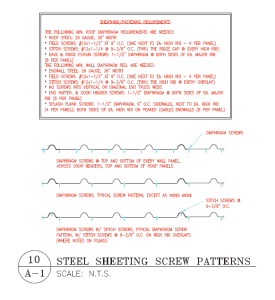
DEAR JESSE: If the roof steel is properly fastened (1-1/2″ screws in flats along one side of each high rib in field, #12 or #14 x 1-1/2″ screws both sides of each high rib at eave and ridge) chances are it will perform admirably without any sheathing. Think of steel roofing and siding as acting like very strong, very thin OSB or plywood.

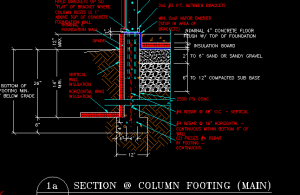 Mike the Pole Barn Guru responds:
Mike the Pole Barn Guru responds: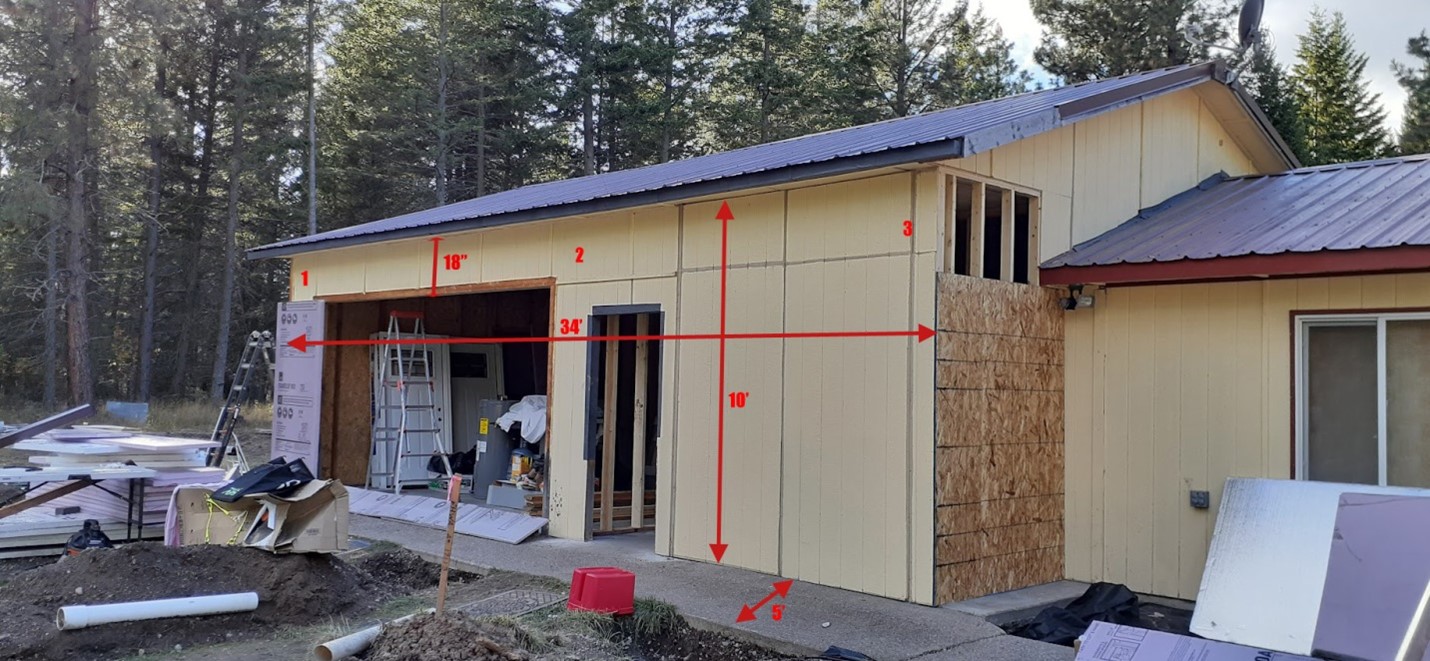
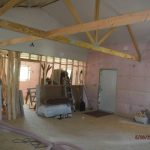 When you create an encapsulated building (spray foam to all interior surfaces), you do not want to ventilate it, as you would then lose your air seal. With your OSB’s underside sealed by closed cell spray foam and upper side protected with 30# felt or ice and water shield, there is no way for your OSB to become moist. If this is still a concern, an upgrade to plywood could be done.
When you create an encapsulated building (spray foam to all interior surfaces), you do not want to ventilate it, as you would then lose your air seal. With your OSB’s underside sealed by closed cell spray foam and upper side protected with 30# felt or ice and water shield, there is no way for your OSB to become moist. If this is still a concern, an upgrade to plywood could be done.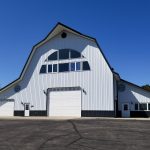 We do have sample building plans available on our website for your builder to review and get a feel for
We do have sample building plans available on our website for your builder to review and get a feel for  My first recommendation would be to construct the ultimate sized shell and only finish off interior of what you immediately need and will fit within your budget. Done in pieces doubles the number of deliveries made to your site and trucks do not run for free.
My first recommendation would be to construct the ultimate sized shell and only finish off interior of what you immediately need and will fit within your budget. Done in pieces doubles the number of deliveries made to your site and trucks do not run for free.  We look for trends in questions asked by owners of existing pole barns – usually not even those we provided! There are a couple of these our team has decided to address and we have so far done a very poor job of letting our clients know we have done so.
We look for trends in questions asked by owners of existing pole barns – usually not even those we provided! There are a couple of these our team has decided to address and we have so far done a very poor job of letting our clients know we have done so.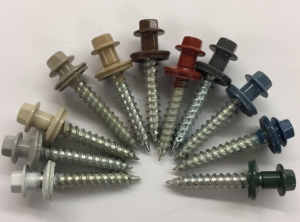 Going to a longer part solved the pull out issues in our testing. We also went to a larger diameter part in our testing, the shank below the screw heading being ¼ inch across, while the threads are a #12. The larger diameter screws also have deeper threads, which means they bite and grip the wood more tightly.
Going to a longer part solved the pull out issues in our testing. We also went to a larger diameter part in our testing, the shank below the screw heading being ¼ inch across, while the threads are a #12. The larger diameter screws also have deeper threads, which means they bite and grip the wood more tightly.